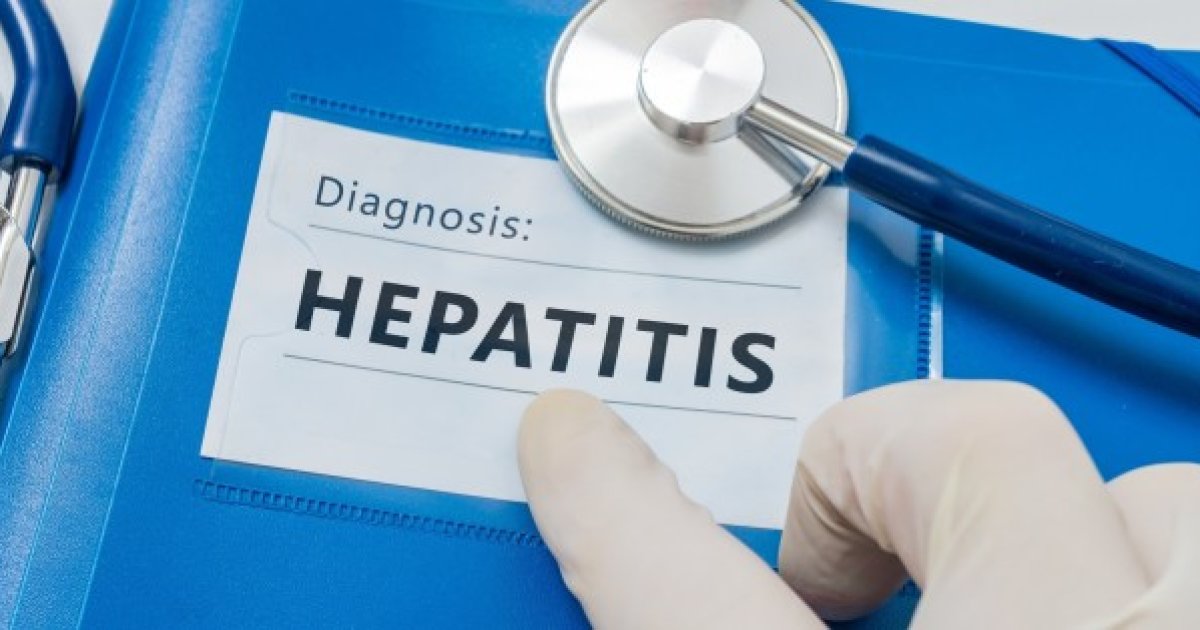Cirrhosis Of The Liver: Symptoms And Causes
Non-Alcoholic Steatohepatitis

Non-alcoholic steatohepatitis, otherwise known as NASH, occurs when there is too much accumulation of fat in the liver, which results in scarring and inflammation that may eventually lead to cirrhosis. It is most likely to occur in individuals diagnosed with type two diabetes, obesity, high blood lipid levels, and high blood pressure. As the name implies, non-alcoholic steatohepatitis occurs in individuals who do not consume alcohol or consume very little.
Most patients who have non-alcoholic steatohepatitis are asymptomatic, although some may present with fatigue, a general feeling of discomfort, or pain in the right upper abdomen. Roughly three-quarters of all NASH patients develop hepatomegaly, also known as abnormal liver enlargement. Some patients may also have an abnormally large spleen, known as splenomegaly, if advanced hepatic fibrosis is present. Finally, it is crucial to understand patients who develop cirrhosis due to non-alcoholic steatohepatitis may also be asymptomatic and as such, lack the key signs of chronic liver disease and therefore must be watched more carefully.
Autoimmune Hepatitis

Autoimmune hepatitis is a chronic inflammatory condition in which the immune system mistakenly attacks the tissue in the liver, causing damage and inflammation. In some cases, autoimmune hepatitis may result in cirrhosis and even liver failure. Symptoms include joint pain, fatigue, abdominal discomfort, jaundice, enlarged liver, loss of menstrual cycles (in women), and spider angiomas. Doctors typically diagnose this condition through blood tests and liver biopsies. Although the cause is unknown, medications that suppress the immune system to prevent it from attacking the liver are available. In rare cases, a liver transplant is necessary.
